The Perfect Moving Out of State Timeline
The Living in Dallas Texas Team is the best relocation team in the Dallas area. Levi Lascsak founded the Living in Dallas Texas Team in 2020, and now the Living in Dallas Texas Team is the #1 Dallas relocation team and have serviced over 500 relocation clients worldwide of all budgets and lifestyle needs. Levi Lascsak is the top real estate agent in the North Dallas area, and he and his partner, Travis Plumb are 5-time ICON agents in Texas. The Living in Dallas Texas Team would love to help you make a smooth move to Dallas!
======
Are you thinking about moving out of state? Are you getting ready to make that big leap? If you are, then this guide is for you. Moving is stressful. There are so many moving parts and it can easily get overwhelming if you let it. So you’ll need a plan. A strategy.
That’s what we are going to give you today.
We are going to break down every step of the moving out of state process so that you don’t get lost in the process. From 8 weeks out to the day of your move, we’ve got you covered. We even threw in some additional post move tips to make your transition as seamless as possible!
1.The Research Phase (8 Weeks Before)
The first stage is what we call the research phase. This is where you’ll be doing just that: researching. Getting to know your new area and starting to form an idea in your head about the steps that you’ll need to take in order to make it happen.
Here are the things that you should be doing 8 weeks before your move.
Ask Yourself the Important Questions
- Determine if you need to sell a home or qualify to buy.
- Identify the neighborhoods that align with your preferences.
- Research the quality of schools in the area, especially if you have children.
Assess Your Finances
- Evaluate your financial situation and determine your budget for the move.
- Consider the cost-of-living changes that may occur in the new location.
Interview Moving Companies
Research and interview moving companies to find the best fit for your needs.
Visit New Cities/Neighborhoods
Take the opportunity to visit the cities or neighborhoods you are considering to gather firsthand information.
Give Notice to Current Landlord
- Inform your current landlord of your upcoming move and discuss any necessary arrangements.
- Reserve a Storage Unit:
- If you require storage space, reserve a unit in advance to ensure availability.
Research Employer Relocation Assistance
Check if your employer offers any relocation assistance or benefits that can support your move.
2. The Planning Phase (6 Weeks Before)
After you have a better idea of everything that will have to happen before your move, then you’ll officially be in the planning phase. This is where you’ll want to start working out the logistics of moving your home and family out of the house.
In this phase, you will have to:
Choose a Moving Date
Select a specific date for your move that works best for your schedule.
Create a Moving Budget
Develop a comprehensive budget that includes all anticipated moving costs.
Research Moving Costs
Research the potential costs associated with hiring movers, renting a truck, or other transportation expenses.
Gather Packing Supplies
Collect packing materials such as boxes, tape, bubble wrap, and markers to facilitate the packing process.
Account for Cost-of-Living Changes
Factor in any anticipated changes in living expenses when adjusting to the new location.
Prepare for Miscellaneous Expenses
Anticipate and budget for additional expenses that may arise during the move.
3. The Prep Phase (4 Weeks Before)
Now that you have hammered out the logistics in some depth, it’s time to start prepping for the move. In this phase, you are going to start slowly pulling up your roots so that you aren’t strapped for time as the moving day starts to creep on you.
In the prep phase, you will:
Sell, Declutter, and Donate
Begin sorting through your belongings, selling what you don't need, decluttering, and donating items.
Update Memberships
- Notify relevant organizations, subscriptions, and memberships about your change of address.
- Start Packing:
Begin packing your belongings, starting with items you don't frequently use.
Find Temporary Housing if Necessary
If you require temporary housing, start researching options and making reservations.
Forward Mail to a New PO Box
Arrange for mail forwarding to a new post office box or your temporary address.
The Administrative Phase (2 Weeks Before)
Hopefully by this point, you’ve got a lot of packing knocked out (it’s okay if you haven’t, you’ve still got some time!) This next phase, the administrative phase, will be your opportunity to start shifting all of your responsibilities over to your new home. This is where you will be sorting through your paperwork, and letting everyone know that you are in fact moving.
In this phase, you will need to:
Transfer Utilities
Contact utility companies to schedule the transfer or disconnection of services at your current and new locations.
Change Mailing Address on Banks and Credit Cards
Notify your bank and credit card companies of your new address to ensure uninterrupted communication.
Forward Medical Records
- Arrange for the transfer of your medical records to new healthcare providers or facilities.
- Order Any Big Furniture and Appliances:
Place orders for any necessary furniture or appliances that you will require in your new home.
Request Time Off from Work
Inform your employer about your moving schedule and request the necessary time off.
Get Your Paperwork In Order:
Ensure you have gathered and organized the following important documents:
- Identification documents (passports, driver's license, etc.)
- Rental or home ownership documents
- Financial documents (bank statements, tax records, etc.)
- Medical and health records
- School and education records
- Employment documents
- Insurance policies
- Vehicle documentation
4. The Clean-Up Phase (1 Week Before)
Once you’ve made it to the clean-up phase, you should have the majority (if not all) of your possessions all packed up, your paperwork in order, and the moving team ready to take it all to your new home. So, this phase should be a nice break.
In the clean-up phase:
Clean your old home thoroughly to leave it in good condition for the next occupants. This includes sweeping, vacuuming, mopping, and painting (if necessary).
The Final Sweep (1 Day Before)
You’ve got your big move tomorrow and the house is clean, so there is only one thing left to do before your big move.
Your Final Walkthrough.
This is your opportunity to double check every room to make sure nothing was left behind or damaged.
Pro Tip: Make sure to get plenty of rest the night before. You’ll need it!
Moving Day!
Congratulations, your thoughtful planning got you to your moving day without any surprises!
All that’s left to do is:
Hand in Your Keys
Return the keys to your old property to the landlord or the appropriate party.
Move to Your New Home
Begin the process of transporting your belongings to your new home.
Post-Move Tips
After successfully moving all your belongings into your new home, it's time to take a well-deserved break. So, here are a few tips that you can do after your new move.
Clean Your New Home
Give your new house a thorough cleaning before unpacking and settling in.
Check Return of Security Deposit if Applicable
Follow up with your previous landlord to ensure the return of your security deposit, if applicable.
Change Locks
Consider changing the locks on your new home for added security.
Register Utilities
Contact utility companies to set up new accounts and ensure essential services are connected.
Update Licensure
Update your driver's license and vehicle registration to reflect your new address.
Let the Living In Dallas Texas Team Find Your New Home
By following this comprehensive moving guide, you can stay organized and tackle each phase of the moving process with confidence and ease.
If you’re shopping for homes in Dallas or want to sell your current home,
please reach out to the Living in Dallas Texas team so we can create a seamless
home buying or selling process for you!










